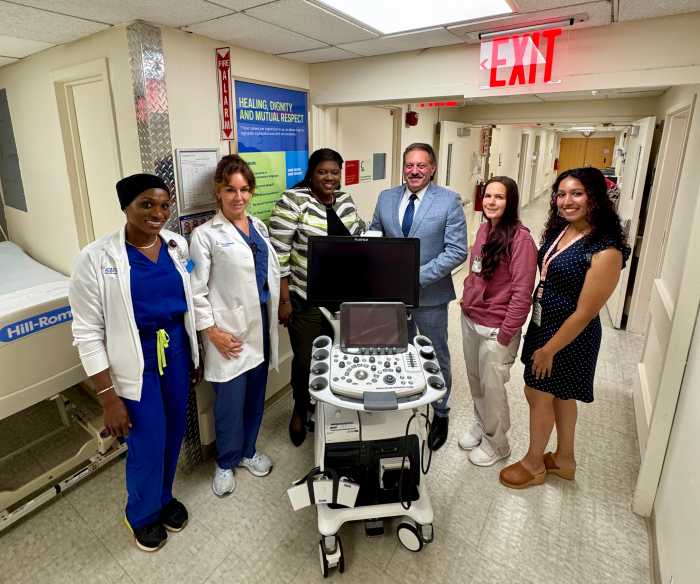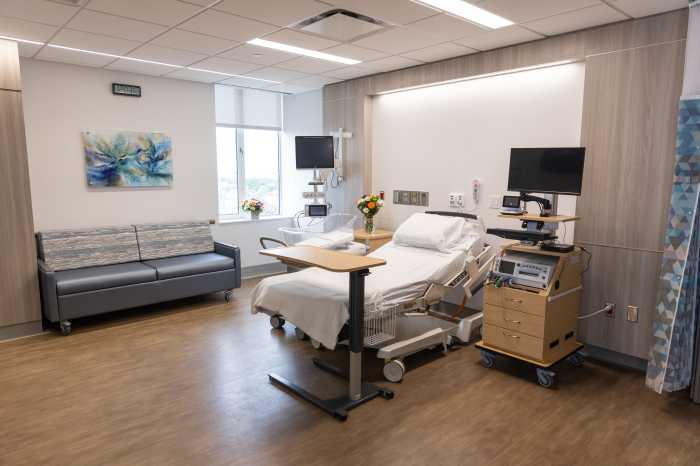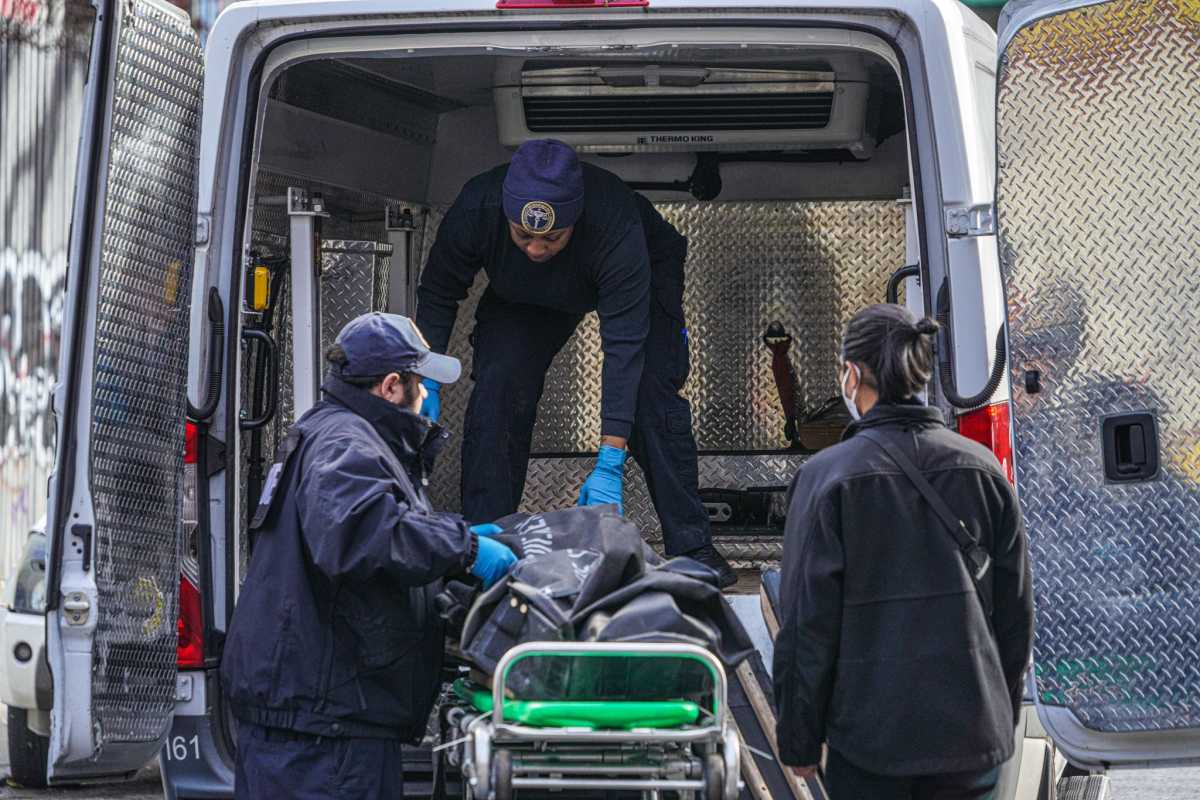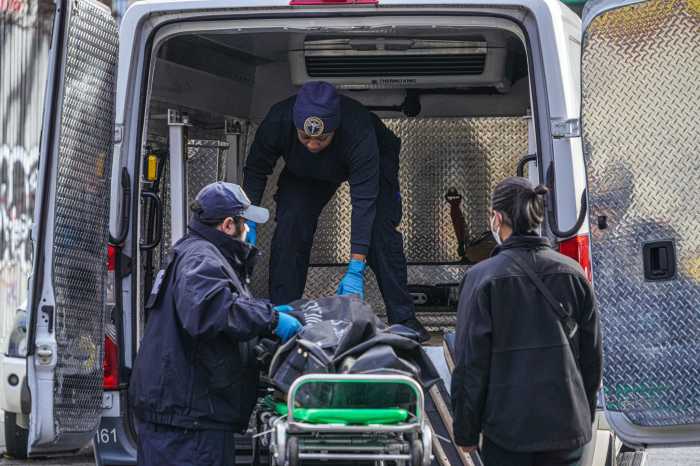To keep up with the health industry’s shift to electronic medical records, the New York Hospital Queens’ (NYHQ) pharmacy department is turning to a robot.
The pharmacy department moved in February to the basement level of the institution on Main Street and Booth Memorial Avenue to make room for the enormous, new $1.5 million tablet-dispensing robot, called a Pill Picker.
The new department doubled in size to 4,500 square feet and was built around the glassy machine, which stores and distributes medicine, and by June will be utilized to keep track of patient drug usage through a barcoding system.
“At least 10 percent of our patients will be barcoded at the bedside by the end of June,” said Alex Melchert, director of pharmacy at NYHQ. “What this technology gives us, once we implement the barcode aspects of it, is [for example] it will allow us to look at how many times a potential near miss has occurred. And then use that information to improve the work flow.”
The Pill Picker cuts down on time and human error in preparing the drugs, because in the past, pharmacy technicians would have to manually check and separate thousands of pills for numerous patients a day and use a paper system to verify the drugs.
Now technicians scan and load drugs into secure containers, which are checked by pharmacists and then inserted into the robot. The pill picker separates the tablets into a nest of small bags that contain one pill each. The robot can hold about 56,000 bags of drugs.
The machine scans barcodes on the small bags to identify errors, and scans the bags for damage. The robot also tracks the loaded drugs and knows the right drugs to dispense for each patient. It also knows when the department is low on specific drugs and needs to order more.
In June, when distributing drugs to patients, nurses will scan the barcodes on the small bags, the ID wristbands of the patients at their bedside and their own IDs, and the information will be submitted electronically.
“This is the future of our profession,” Melchert said. “There is no doubt in my mind that from a safety perspective we are at the forefront of medication management in hospitals.”
RECOMMENDED STORIES
- Giant ice cream factory opens in Astoria
- New Fox comedy to feature 30-somethings living in Queens
- MTA to increase M train service in the fall




































